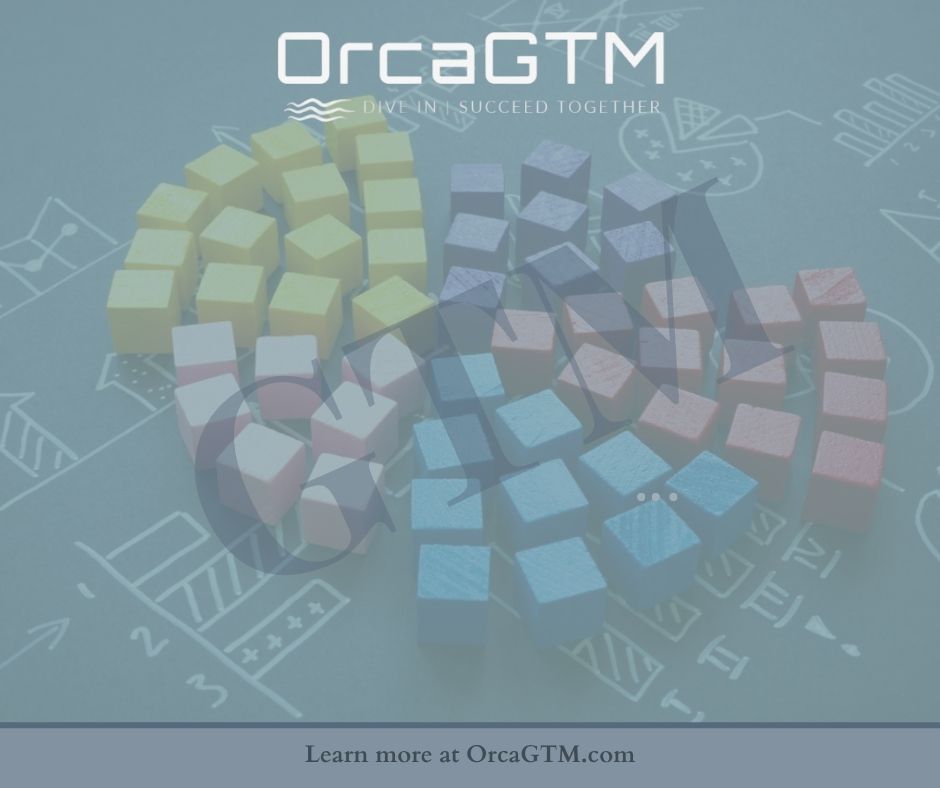When launching a medtech product, many teams begin by sizing up the market and dividing by demographics, geography, or institution size. While that’s a useful starting point, it’s only the first pass.
The more powerful—and commercially effective—approach is to segment based on pain points: the real, urgent challenges that drive an organization to act.
- Market size tells you who could buy.
- Pain tells you who will buy, and who will buy now.
A large market segment might look impressive, but if those organizations are financially constrained, not feeling the pain acutely, or facing other priorities, you’ll be spinning your wheels. On the other hand, a smaller, but deeply afflicted, segment is far likelier to engage, buy, and become advocacy leaders.
3 Criteria to Prioritize Segments
To separate opportunity from distraction, evaluate potential segments against three lenses:
- Urgency – Who is actively struggling?
- Look for situations where the pain is front and center—staffing shortages, new compliance requirements, or operational bottlenecks.
- Budget readiness – Who can actually pay?
- Pain doesn’t always equal purchase power. Some organizations may want your solution but are stuck in long budget cycles.
- Prioritize those with discretionary funds or specific budget lines for innovation, efficiency, or digital transformation.
- Impact alignment – Who gains the most from your solution?
- The value proposition must be compelling enough to move decision-makers.
- Translate your impact into the outcomes they care about:
- clinicians: reduced burnout, faster workflows
- administrators: lower costs, improved efficiency
- patients: better outcomes, smoother experiences
Steps to Identify and Prioritize “Pain-Based” Segments
Here’s a practical approach:
- Map the pain landscape: Use surveys, interviews, and frontline conversations to surface the most pressing pain points.
- Score each segment: Rate urgency, budget readiness, and impact on a 1–5 scale.
- Identify the “now” market: Highlight segments that score highest across all three criteria—these are primed to act.
- Validate with evidence: Run pilots or proof-of-concepts to confirm that the pain is real and your solution addresses it.
- Tailor your messaging: Build messaging around specific pain points: e.g., “Minimize risk by incorporating the patient’s voice using PROs.”
- Engage early adopters: Focus on high-pain, high-readiness buyers who can validate your solution and share success stories.
How to Communicate With Pain-Based Segments
Creating marketing collateral, especially if your marketing team is small, or if you don’t have one at all, has now become easier.
When you develop your messaging, lead with the segment’s pain your product or service resolves. Avoid using these five beginnings:
- Your marketing position: This rarely gets a person’s attention.
- A yes/no question: This can work, but you need to know how to use it. In our experience, a yes/no question at the beginning of a piece of market collateral risks turning away potential customers.
- Technical information: Even if you are addressing software engineers or technical personnel, they are looking for a solution that resolves their employer’s pain. Leave technical information for later.
- General statements: This includes openers like “In this day and age” or “In these trying times.” Beginning any kind of marketing collateral—pitch presentation, blog post, social media post—with a general statement will not only make you sound like many other companies, but your target customers will pass over you for a company that knows how to speak to them.
- Overpromising: Although beginning with a big promise or claim might grab attention, if your marketing makes it clear that your product or solution doesn’t actually deliver, you’ll lose prospective customers.
Communicating with prospective customers begins with getting their attention. Begin with the pain you are addressing and then build your communications from there.
Example in Practice
Imagine you’ve developed an AI-based tool that reduces redundant documentation in emergency departments (EDs).
- Size-based segment: All U.S. hospitals with EDs handling over 50,000 visits annually.
- Pain-based segment:
- EDs with high nurse turnover caused by paperwork overload (urgency = high).
- Hospitals with federal grants for digital health innovation (budget readiness = high).
- Institutions where documentation inefficiency leads to overtime costs and slower patient throughput (impact = high).
The pain-based segment may be smaller in size, but they’re ready to act today. Targeting them accelerates adoption and creates early success stories to expand into broader markets.
Your communications also become easier. Addressing several pain points in a size-based segment means your communications and marketing may be speaking to the wrong people at the wrong time.
However, focusing on pain-based segments automatically defines for you what messaging will be effective.
Guidance | Traction | Momentum
Segmenting by pain helps you move beyond generic GTM strategies and zero in on buyers who are already primed to act. It shifts the question from “Will they buy someday?” to “How do we serve them right now?” You’re also primed for creating effective marketing collateral that speaks directly to them.
By prioritizing urgency, budget readiness, and impact, you refine your focus, build traction faster, and set up your launch for sustainable growth.


